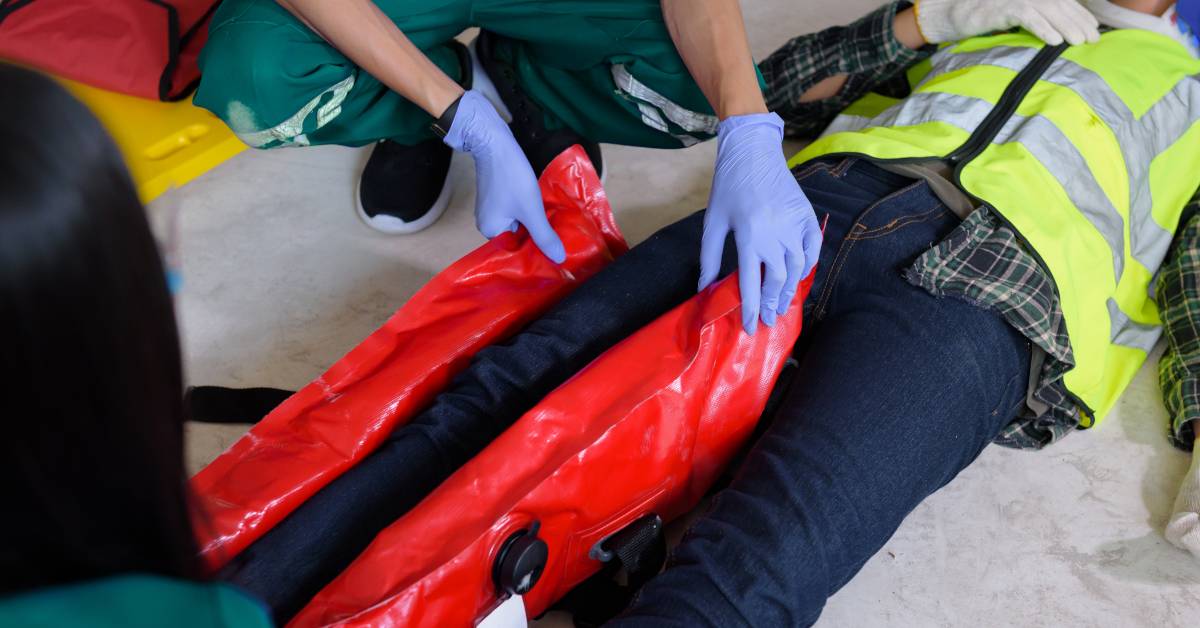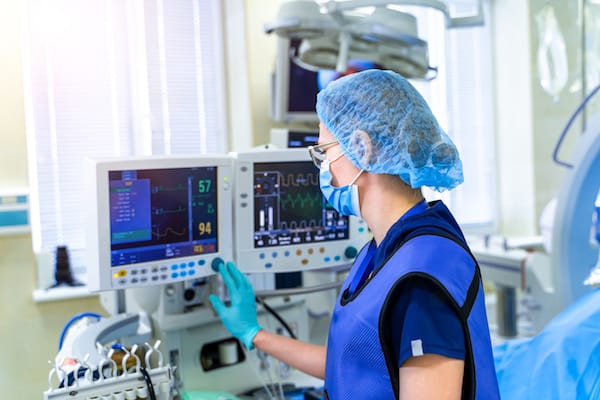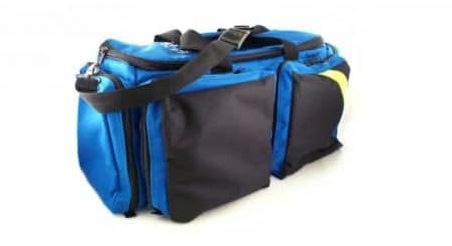
Innovative Splinting Techniques and Devices for First Responders
For EMTs and first responders, managing emergency scenarios often requires swift stabilization of injuries. Innovations in splints have revolutionized this essential task, enabling quicker, safer, and more comfortable patient care under pressure.
Advances in splinting technology now equip you with sophisticated tools tailored to meet the dynamic needs of real-world rescue operations. Below, we explore the latest advancements in splinting techniques and devices, providing you with the knowledge to enhance your emergency response capabilities.
What is Splinting?
Splinting is a medical procedure used to immobilize a part of the body to prevent movement and further injury, typically after fractures or severe sprains. It involves the application of splints—rigid devices that stabilize and support the injured area to alleviate pain and facilitate healing. Proper splinting techniques are essential for first responders and medical personnel to protect the affected area during transport to medical facilities.
Cutting-Edge Splinting Techniques and Devices
Emerging technologies and improved materials have led to the development of innovative splinting techniques and devices that enhance patient care. Some notable advancements in this field include:
Dynamic Splinting
Traditional splinting methods have evolved into dynamic techniques, allowing for adjustable tension to accommodate swelling and promote healing. This approach is particularly beneficial in managing fractures where swelling is anticipated, ensuring the splint remains effective without compromising circulation.
Vacuum Splints
Vacuum splints conform closely to the shape of the injured area, providing excellent immobilization while evenly distributing pressure to avoid further injury. This type is particularly beneficial for complex fractures or injuries where traditional rigid splints may not provide adequate support.
Inflatable Splints
Inflatable splints from suppliers like Coast Biomedical Equipment are ideal for first responders who need to manage space and weight in their kits. When applied, they inflate to form a rigid structure that offers substantial support, yet they can be deflated and stored easily when not in use.
3D-Printed Splints
3D-printed splints leverage modern technology and are custom-fabricated to fit the exact contours of a patient’s limb. This ensures a perfect fit that is more comfortable for the patient and provides superior stabilization and protection.
Smart Splints
These splints have sensors to monitor blood flow and skin temperature around the injury. They provide real-time data that can guide your decisions on the need for adjustments or further interventions.
Choose Coast Biomedical for Quality EMS Supplies
As a first responder, staying updated with the latest advancements in medical devices, like those for splinting, enhances your ability to respond. At Coast Biomedical Equipment, we understand the pressures you face and the importance of having reliable, effective tools at your fingertips.
That’s why we offer an extensive range of the latest EMS equipment, supplies, and accessories. Contact us today to equip yourself and enhance your emergency medical capabilities.




